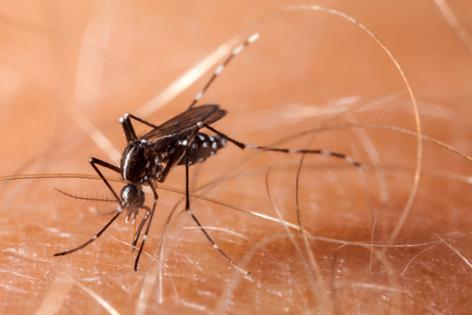What do you know about malaria?
Published in Health & Fitness
Malaria is caused by a single-celled parasite of the genus Plasmodium. The parasite is transmitted to humans most commonly through mosquito bites. The malaria parasites enter the bloodstream and travel to the liver. When the parasites mature, they leave the liver and infect red blood cells. This is when people typically develop malaria symptoms.
Because the parasites that cause malaria affect red blood cells, people also can be infected by exposure to infected blood, including from mother to unborn child, through blood transfusions and by sharing needles used to inject drugs.
Each year, nearly 290 million people are infected with malaria, and more than 400,000 people die of the disease. The greatest risk factor for developing malaria is to live in or visit areas where the disease is common. These areas include tropical and subtropical regions of sub-Saharan Africa, South and Southeast Asia, the Pacific Islands, Central America, and northern South America. The degree of risk depends on local malaria control, seasonal changes in malaria rates and the precautions you take to prevent mosquito bites.
Symptoms of malaria
Signs and symptoms of malaria typically begin within a few weeks after being bitten by an infected mosquito. However, some types of malaria parasites can lie dormant in your body for up to a year. Some people who have malaria experience cycles of malaria "attacks." An attack usually starts with shivering and chills, followed by a high fever, then sweating, and finally a return to normal temperature.
Signs and symptoms of malaria can include:
• Fever
• Chills
• General feeling of discomfort
• Headache
...continued
©2024 Mayo Clinic News Network. Visit newsnetwork.mayoclinic.org. Distributed by Tribune Content Agency, LLC.







Comments